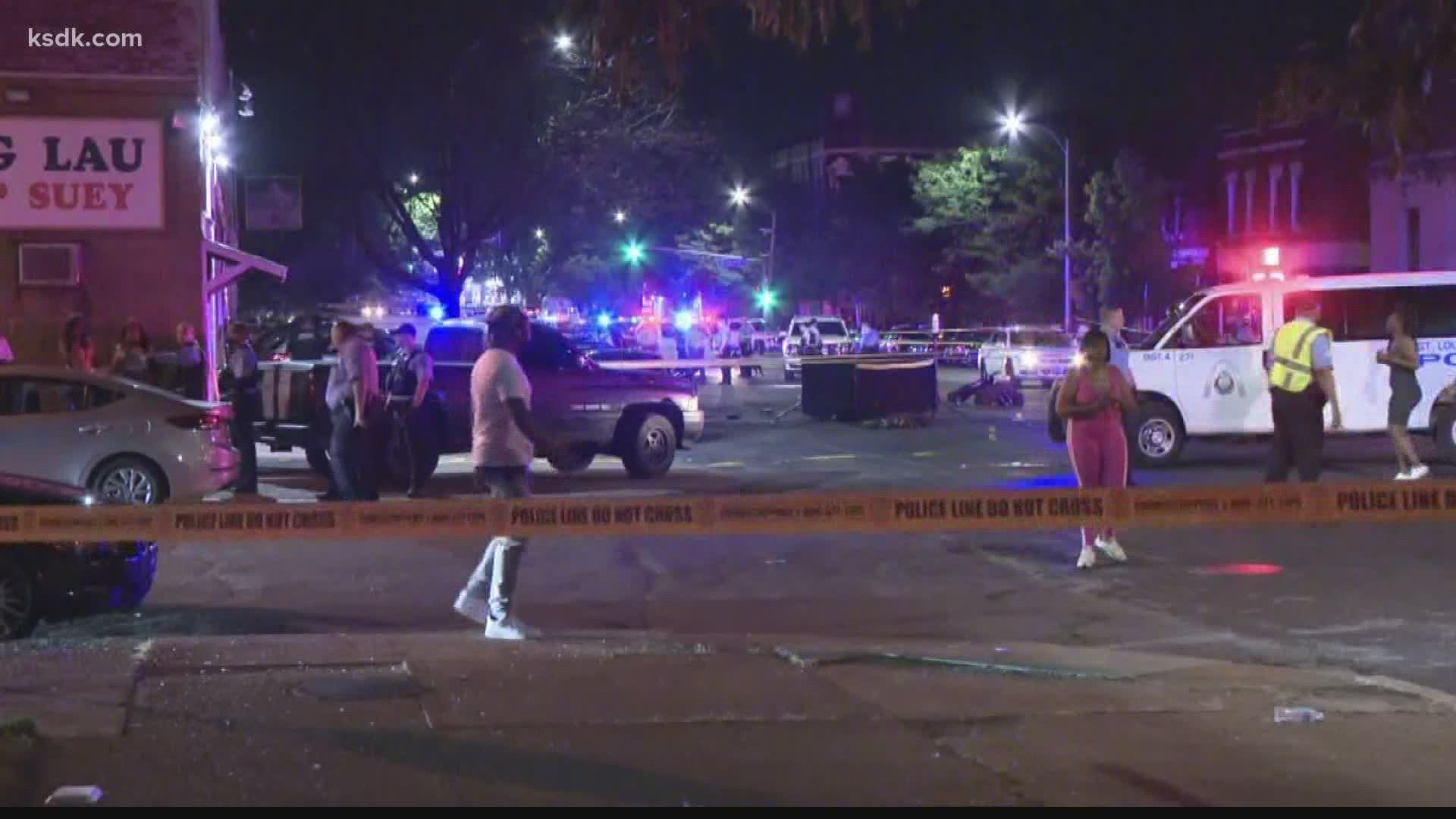ST. LOUIS — Tony DiPaolo became a paramedic for St. Louis three months ago – and if he makes it another 21 months, he will be beating the odds.
That’s because paramedics working in St. Louis – the most dangerous city in the country – burn out within their first two years, according to the city’s Personnel Department.
And this year, which is on track to be the deadliest in the city’s history, has been particularly rough, according to Personnel Director Rick Frank.
Right now, only 60% of the city’s 55 paramedic positions are filled, he said.
“We’ve hired maybe 70 paramedics in the last two years, and we’ve lost over 70,” he said.
In addition to the violence, paramedics in the city are also coping with how the COVID-19 pandemic is affecting their profession along with non-competitive pay, according to Local 73 President Demetris Alfred.
Alfred has been a firefighter EMT for 29 years. He and other EMTs often fill in on ambulances when paramedics are short. But they can’t push some of the meds paramedics can.
Still, he says, he and others are optimistic that some improvements are in the works.
For one, union negotiations are about to begin and Alfred and Frank believe pay needs to be increased.
The repeal of the city’s residency rule means paramedics no longer have to live in the city to work there.
And the city’s health department is planning to launch a program in January that could divert some 5,000 calls to mental health experts.
But, that relief is still months away.
For now, the city’s 12 ambulances are handling 200 to 250 calls a day on average, said St. Louis Fire Chief Dennis Jenkerson.
DiPaolo explained a typical day this way: “We work 12 hours, probably run 12 to 15 calls in a shift. So each call probably takes about 30 minutes to an hour, depending. So really not much for break. And then when we drop a patient off at the hospital, we're getting another call before we can get somewhere else.”
Jenkerson said about 20 calls a day are given to private ambulance companies.
“It's trying every day to sit behind my desk, trying to make sure I have enough people to fill the seats on the ambulances,” he said. “It's been a stressful trying year.
“I can see it by the amount of resignations you know you know that I see on a on a weekly basis. And most of these resignations come in, not with you know, a note saying, ‘Hey, I found a better job.’ It's just like, ‘I love what I do and what I've done, I love the service that I provide to the city and the people who visit the City of St. Louis, it's just like, ‘I need a break. I can't continue to do this.’”
Most cities comparable in size to St. Louis run anywhere between 18 to 22 ambulances.
A study published in 2015 recommended St. Louis boost its fleet by six ambulances at a cost of about $1 million.
That hasn’t happened.
Jenkerson said he has been asking for more ambulances in his budget proposals for years.
“It's not something that's should be new to their agenda, we ask for it all the time trying to reduce the call load on the ambulances in the city,” Jenkerson said.
DiPaolo worked for three years as an EMT in the city before becoming one of its newest paramedics, so he said he’s expecting to last a lot longer than his fellow paramedics who may not know how taxing the job can really be.
“It's as hard for us as it is for anybody else but you know we're, we're just accustomed to it,” he said. “Some people do well with it some people don’t.
“I’ve seen a lot of people come and go.”
One population that’s been hit hard by the violence is pediatric patients.
Those calls are always the toughest, DePaolo said.
And, they keep increasing.
“I work out, I eat healthy, I delve into my hobbies, to keep my mind my mind occupied lots of stuff like that.”
Alfred, who has spent nearly three decades responding to the city’s emergencies, has his way of coping, too.
He said he often thinks of all the lives he has saved.
The person he helped pull from the river.
The children he helped rescue from a fire.
“You save life after life, you get very confident in yourself,” he said. “And I have a lot of confidence in myself.”

